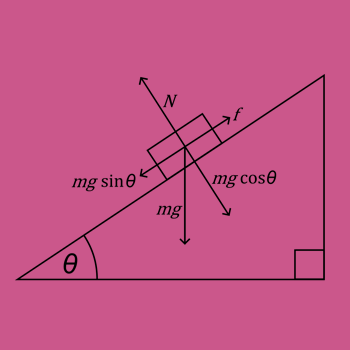Why do plants need sunlight?
1 Answer
Plants use sunlight to produce energy which fuels the production of organic compounds known as glucose, which a plant can use as food.
Explanation:
To long; didn't read: Plants use sunlight to excite electrons in the chloroplast, which power the production of energy. These energies are used to make a simple sugar called glucose and use it as energy for their tasks.
Plants use sunlight to go through photosynthesis. The equation for photosynthesis is this:
This formula may seem complicated but it really isn't. Here is what it is saying:
The process of photosynthesis starts in an organelle known as the chloroplast (an organelle is a small structure in the cell that carries on cellular functions). The chloroplast has many pancake-like discs inside that are called thylakoids. These discs are in stacks called granum. Inside each disc, is where a pigment known as chlorophyll is (there are other pigments as well). A pigment is what gives something color, such as plants green. Pigments also absorb certain wave-lengths of light.
Light enters the cell and into the chloroplast. The chlorophyll absorbs the light that is entering and excites an electron in a stage known as Photosystem II. This electron came from the splitting of
I have covered the oxygen from the water splitting, but not the hydrogen. The hydrogen is left to float around whilst it waits. When it comes times, hydrogen is pumped out of the cell through a protein known as ATP Synthase. This protein produces ATP from the hydrogen that has passed through it (also won't go into detail here). ATP is short for adenosine triphosphate, which stores energy in it's phosphate bonds. ATP is important for the next step of photosynthesis.
At the same time that ATP is being produced, another energy known as NADP+ is being produced, or recycled. A hydrogen atom from inside is attached to this NADP+ to make energy known as NADPH. These two energy sources are passed outside of the thylakoid into the next stage of photosynthesis, known as the Calvin Cycle.
The Calvin Cycle is a light-dependent reaction, which means light is not needed to use sunlight. In this stage the energies are used to transform the
The plant uses the reverse of photosynthesis (known as respiration) to transform this glucose to usable energy (ATP).

